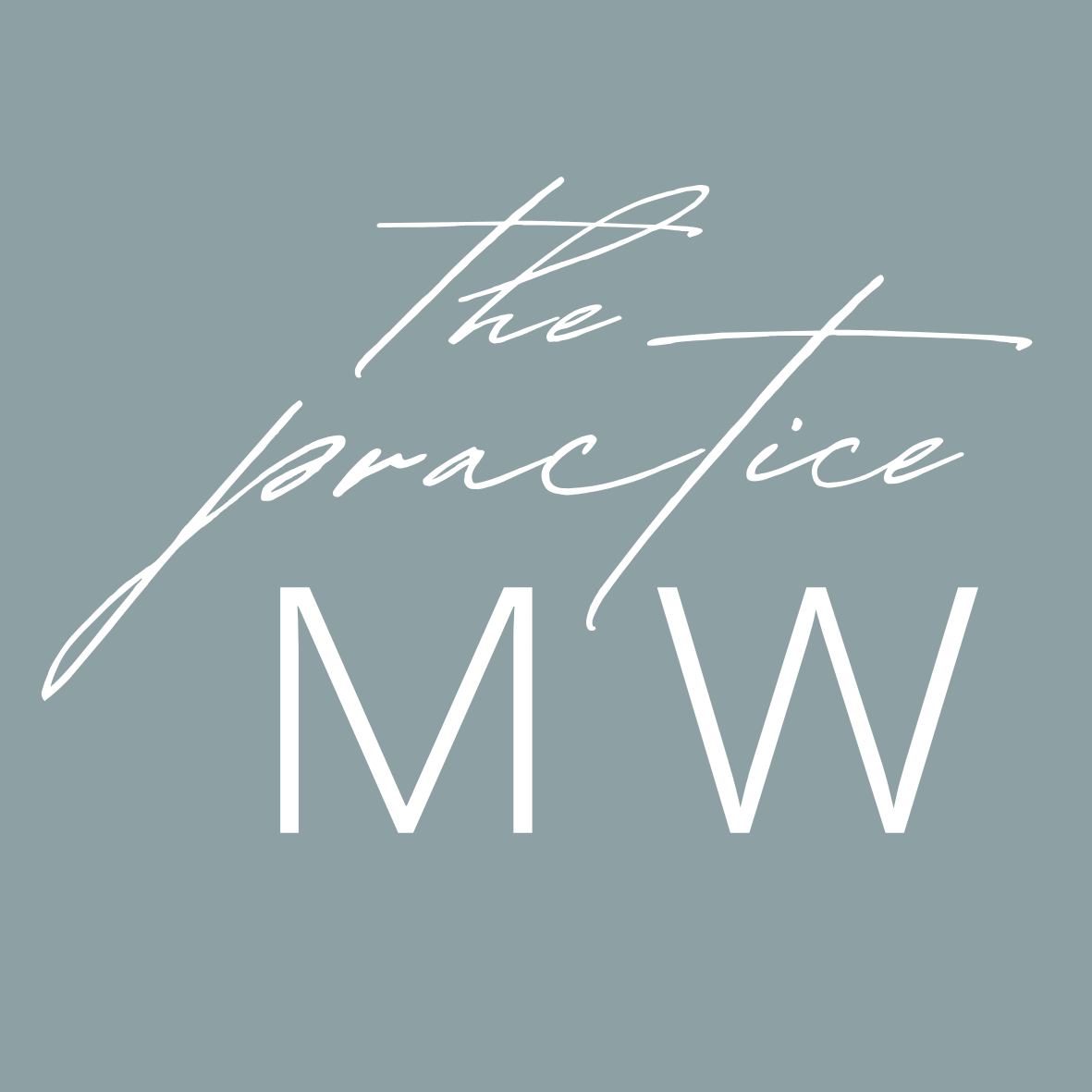Operating From A Place Of Love Rather Than A Place Of Fear
The “Labour of Love” brings warmth to the heart, when you think about the love that each child brings into the world. Making the decision to start a family is not something that just happens overnight, for some, the thought has been sitting in their heart and mind for as long as they can remember. We use the term “Labour of Love” in Calmbirth, referring to the role oxytocin has in labour and birth. Oxytocin as a hormone binds to uterine tissue it produces contractions; as a neurotransmitter, it mediates experiences of love, trust and bonding. It can drift in and out depending on the emotional state and the environment in which the mother is birthing. There are many factors that go into a mother relaxing into labour, her emotional state can be the trigger that kick starts labour, or holds her back. Feeling loved and held within the birthing space is vital. Let’s begin by exploring the emotional states, namely, anger, fear, joy, grief or worry that can have an effect on a mother to be.
Each emotion at some stage will be in control of who is captaining the ship, steering it in the direction it is heading, this is where the birthing partner or support person comes in, like the able sailor, to guide a boat to shore with the help of the captain, crew and the current with which they are sailing in. Peter Jackson, the founder of Calmbirth, often recites the quote in his classes “You cannot change the wind, you can, however, change your sails,” this has to be one of the all-time favourites that I use when teaching my own classes. Human consciousness is the steering committee of each emotion, and it is here that the idea of “operating from a place of love rather than a place of fear” seeks to locate the leadership in the heart.
Removing the fear of birth, the habitual emotional patterns can tend to jump in and take over, the anger, grief, fear or worry also determining what happens as each wave rolls in. The contractions or waves going with the ebb and flow. When there is fear, we can feel like the people around us are threatening; when angry, we can see others as infuriatingly incompetent. A birthing mother can be stuck in the emotions of the past, projecting herself with challenging thoughts of the future, rather than staying in the present.
Having people that can redirect a mother’s attention and energy into a positive direction of meeting her baby sooner is one way of changing emotions.
When teaching Calmbirth classes the number one thing that birthing partners are reminded of is being able to stay present. That requires no wandering to check your messages, emails or check out, idle conversation with others present in the birthing space should always come back to what is happening in the room for the mother. Holding space is essential, being one hundred and ten per cent there, anticipating the changes in her emotions, due to her physical and emotional presence as she moves through labour.
Emotions are useful, it is a way of getting the brain to take notice, birth can have intense or strong emotions, fear and anxiety can creep in, agitating a mother. You may notice during the transitional stage when the baby is turning in the birth canal, ready for exiting, the agitation or change in emotion can have her wanting to run away from labour. Bringing a mother back to her seat of power, in the centre of her body with breathwork, guiding her one breath at a time. This requires a new level of internal relaxation and acceptance. Making sure the space feels safe, calm and private can allow for grounding and labour to flow.
Operating from a place of love rather than a place of fear can change the outcome for the baby and mother.








